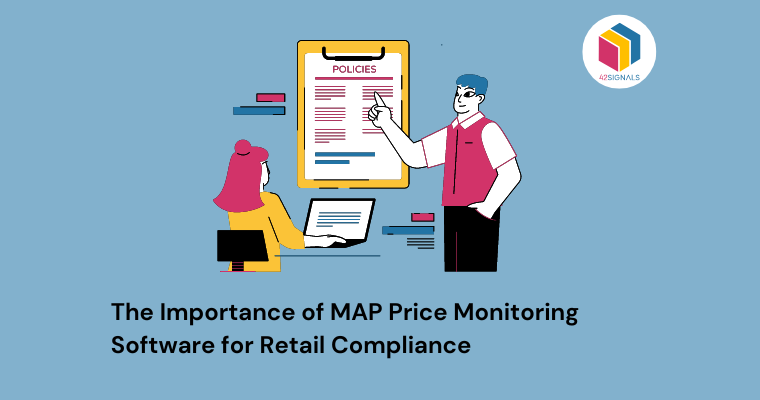Amazon, the largest online retailer globally, has become the battleground for brands competing to capture the attention and wallets of millions of consumers. Success on Amazon depends on various factors, but pricing strategy sits at the core of most brand efforts. To understand this, let’s jump into Amazon’s pricing strategy analysis.
As e-commerce continues to evolve, it’s not just about offering the lowest price anymore. Brands now need to navigate complex pricing models, leverage e-commerce data, and adopt dynamic pricing strategies to stay competitive.
Let’s look at how different brands on Amazon are leveraging these tools and technologies to make sales and thrive in the hyper-competitive e-commerce environment.
What is Dynamic Pricing on Amazon?
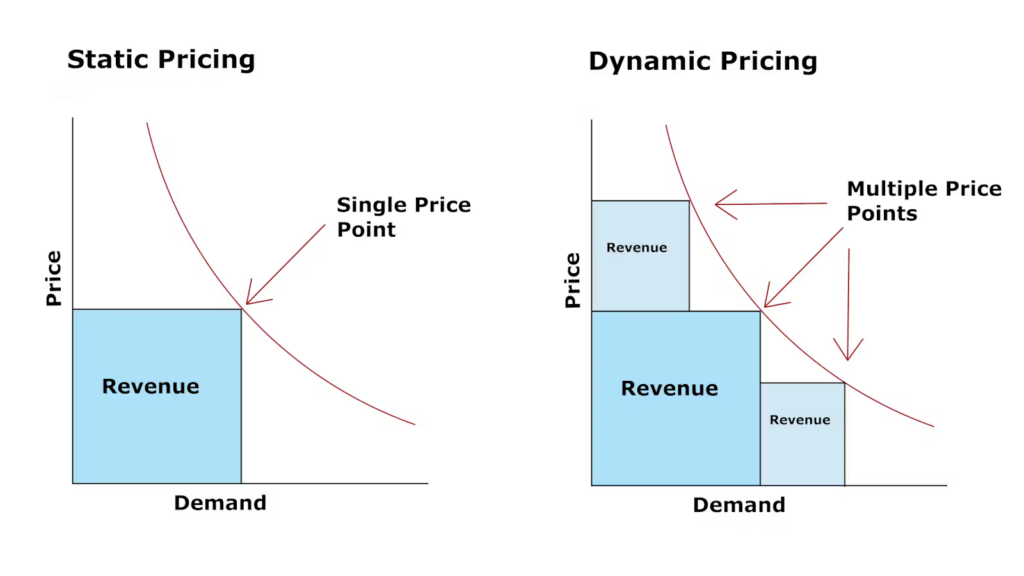
Image Source: Paddle
Dynamic pricing is one of the most effective and widely used tactics on Amazon. This strategy involves adjusting prices in real-time based on market demand, competitor pricing, and other factors.
Amazon itself uses dynamic pricing, frequently changing prices across categories to optimize sales and profits. For brands selling on Amazon, adopting dynamic pricing models has become essential to keep pace.
For example, if a competitor lowers the price of a similar product, a brand using dynamic pricing can automatically reduce its own price to stay competitive.
Conversely, if demand for a product spikes, prices can increase to capture greater revenue. Brands use a combination of e-commerce data, market trends, and real-time analytics to implement dynamic pricing.
Companies like Procter & Gamble and Unilever, which have extensive product ranges on Amazon, use dynamic pricing to ensure their products remain competitive.

Image Source: Advertising Amazon
By analyzing competitors’ prices and fluctuations in demand, these companies can strategically lower or increase prices based on customer behavior, making them more responsive to changes in the e-commerce landscape.
What Are The Tools for Implementing Dynamic Pricing?
To succeed with dynamic pricing, brands need access to advanced tools that provide real-time insights into competitors’ pricing and consumer behavior.
These tools, often referred to as digital shelf analytics, are crucial for brands trying to maintain a competitive edge on Amazon.
Digital shelf analytics track a variety of metrics, such as price changes, stock levels, customer reviews, and product positioning and is a crucial part of Amazon’s pricing strategy analysis.
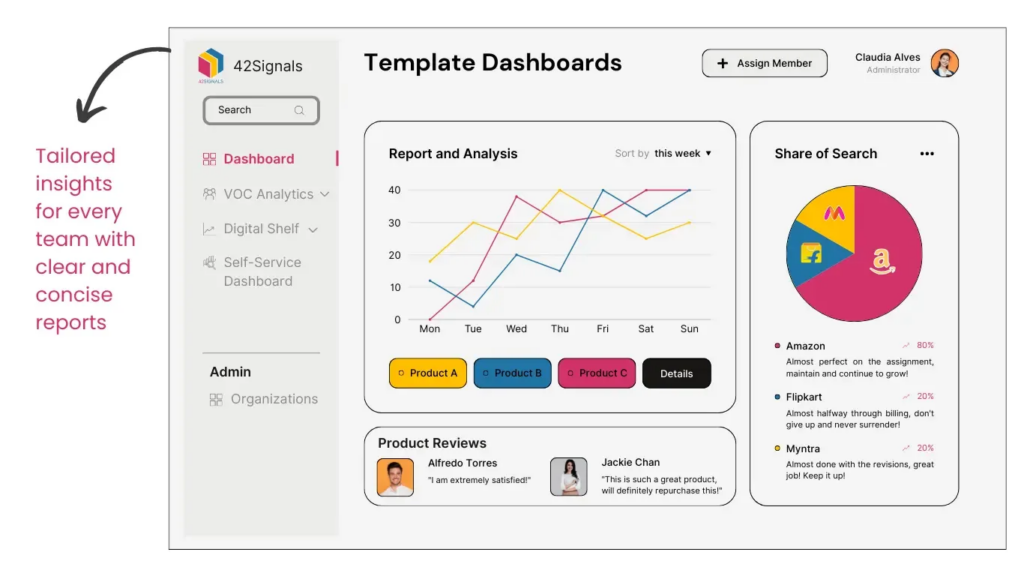
By using this data, brands can make informed decisions about when to adjust their prices and by how much. Tools such as Feedvisor and Pricemoov offer comprehensive solutions that allow brands to gather and interpret this data efficiently.
Advantages of Dynamic Pricing
- Real-time response to market changes: Brands can adjust their prices in response to competitors or changes in demand, ensuring they remain competitive.
- Maximizing revenue opportunities: When demand surges for a product, brands can raise prices to capitalize on the increased interest.
- Increased control over inventory: By dynamically adjusting prices, brands can also manage their inventory levels more effectively. For instance, lowering prices when there’s excess stock can prevent overstocking costs.
How Brands Use E-commerce Data to Make Pricing Decisions?
Pricing on Amazon is no longer just about undercutting the competition. Brands are increasingly leveraging e-commerce data to craft smarter pricing strategies.
E-commerce data is an integral part of the Amazon pricing strategy analysis that provides insights into purchasing behaviors, trends, and competitor actions, enabling brands to adopt more sophisticated pricing models.
Brands like Nike and Adidas, for example, rely heavily on e-commerce data when setting prices for their products on Amazon.
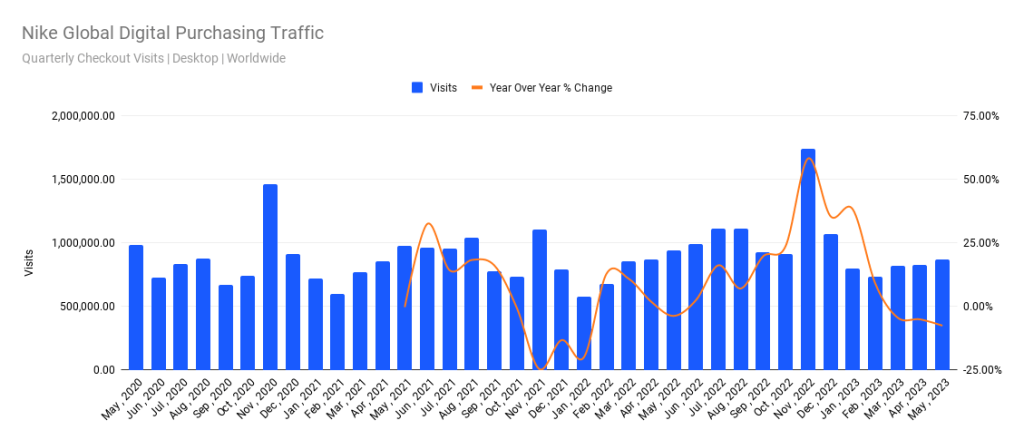
Image Source: Digital Commerce 360
These companies don’t just monitor the competition—they analyze customer behavior and preferences to set their prices at levels that maximize sales and profit margins.
For instance, Nike might use data showing that customers in certain regions are willing to pay more for a particular product, allowing them to adjust prices regionally.
Types of E-commerce Data Brands Are Using
- Sales performance data: Understanding how individual products perform across different times, locations, and demographics is crucial. Brands use this data to identify trends and adjust pricing accordingly.
- Competitor pricing data: Keeping tabs on what competitors are charging for similar products helps brands make informed decisions about their own pricing.
- Customer reviews and ratings: By analyzing customer feedback, brands can make adjustments not just in price but also in product quality and features, ensuring they stay competitive.
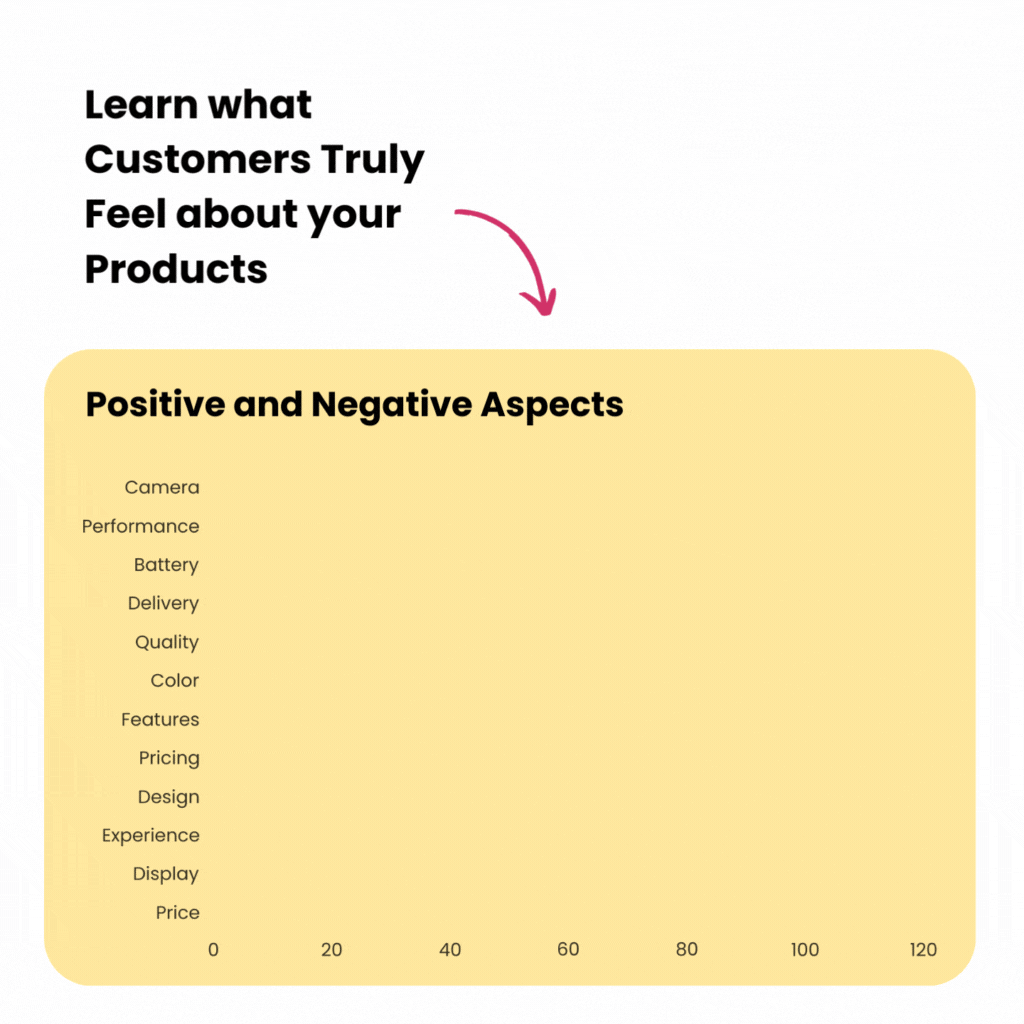
The Role of AI in Amazon Pricing Strategy Analysis
Many brands are now incorporating artificial intelligence (AI) to analyze vast amounts of e-commerce data.
AI can process customer buying patterns, predict future trends, and recommend optimal pricing models.
For instance, a company like L’Oreal might use AI-powered tools to forecast demand for a new beauty product and set prices accordingly, maximizing both sales and profitability.
Pricing Models Used by Brands on Amazon
Different brands on Amazon utilize various pricing models to achieve their sales goals. Here are some of the most common pricing strategies and how brands implement them.
1. Penetration Pricing
Penetration pricing involves offering a product at a lower price point to quickly gain market share.

Startups and new brands often use this strategy to attract customers to their listings. The goal is to capture consumer interest by providing an irresistible deal, and then gradually increasing the price once the brand has gained a foothold.
For instance, emerging electronics brands often use penetration pricing to challenge established players like Sony or Samsung. By offering their products at a lower price, they can attract budget-conscious consumers who may later become loyal customers, even if prices rise.
2. Premium Pricing
On the flip side, brands selling luxury or high-end products often use premium pricing strategies.
This involves setting a higher price to create the perception of exclusivity and superior quality.
Many customers associate a higher price with a better product, and brands like Apple and Bose leverage this psychological pricing strategy to maintain their premium brand image.
For these brands, pricing too low could hurt their image, leading to lost sales. By maintaining higher price points, they attract consumers who are willing to pay a premium for what they perceive as superior products.
3. Competitive Pricing
Competitive pricing, where a brand’s price is set in relation to its competitors, is one of the most commonly used pricing models on Amazon.
Brands continuously monitor competitor prices and adjust theirs accordingly to stay competitive.
Companies like Colgate and Crest, for example, are known to employ competitive pricing on Amazon.
These brands consistently keep an eye on each other’s pricing to ensure that their own products are priced in a way that prevents customers from easily switching to a competitor’s product.
4. Psychological Pricing
Psychological pricing involves setting prices that appeal to customers’ emotions rather than logic.
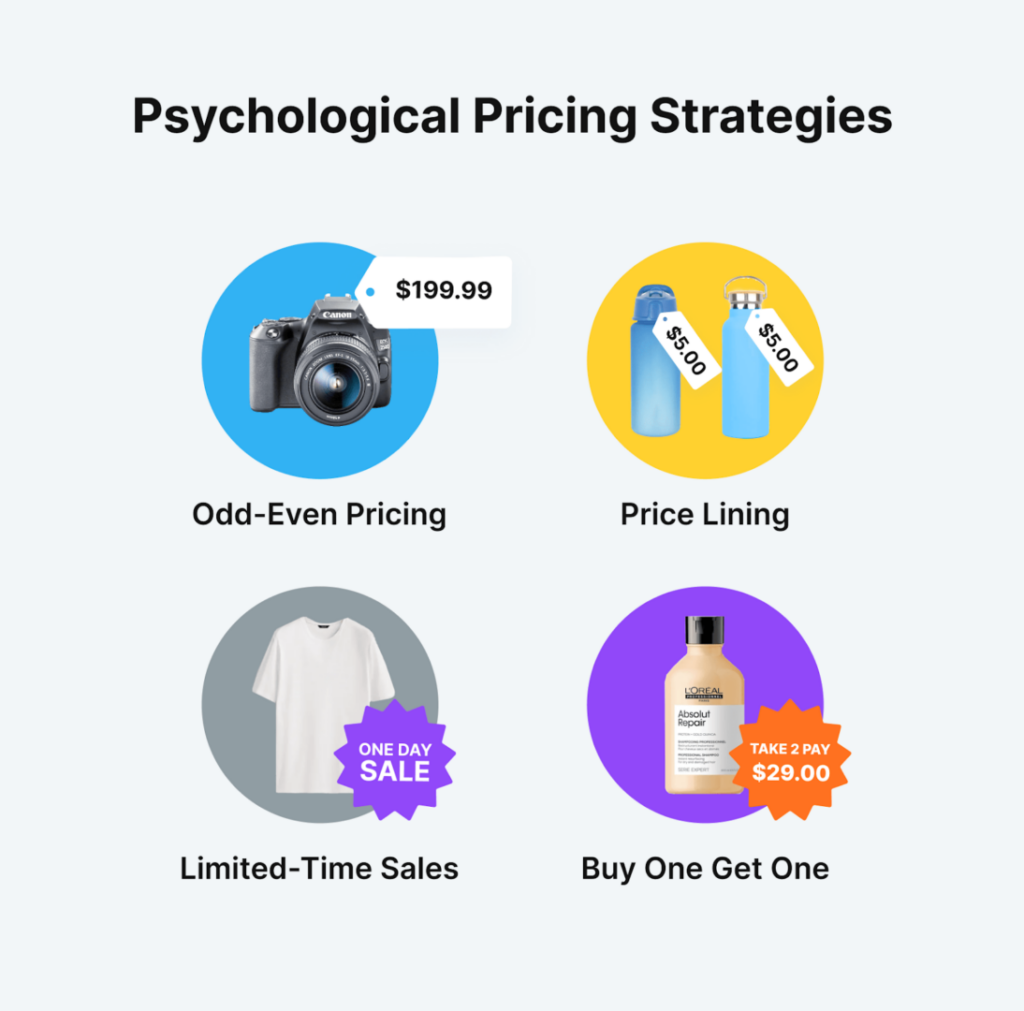
Image Source: Competera
A common tactic is pricing products just below a round number (e.g., $9.99 instead of $10).
While the difference is only a penny, it can make a significant psychological impact on consumers, leading them to perceive the product as being much cheaper.
Brands like AmazonBasics, Amazon’s own private label brand, frequently use psychological pricing tactics to appeal to budget-conscious consumers. Even small price changes can have a big impact on the purchasing decision process.
Conclusion:
Using e-commerce data to inform pricing decisions is essential. Brands must constantly analyze competitors, customer behavior, and market trends.
Pricing models must be aligned with the brand’s overall positioning and goals, whether that’s capturing market share quickly through penetration pricing or maintaining a premium image through higher price points.
The combination of real-time dynamic pricing and a clear understanding of e-commerce tactics can give brands the edge they need to succeed on Amazon.Explore how 42Signals can help you track competitors, monitor market shifts, and fine-tune your pricing models for success. Sign up today!


